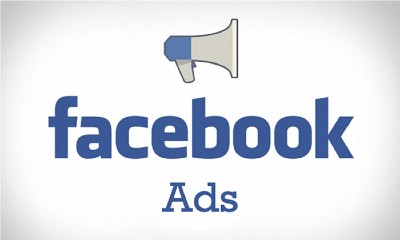
In today’s digital landscape, online advertising has become a cornerstone of business growth. Whether you’re a new business owner or looking to expand your reach, online advertising offers powerful tools to promote your products or services to a vast audience. While it may seem overwhelming at first, this guide will walk you through the basics of how to effectively advertise online, ensuring your campaigns reach the right people and yield impactful results.
Understanding the Basics of Online Advertising
To advertise online effectively, it’s essential to understand the main types of online ads available. Popular formats include pay-per-click (PPC) ads, social media ads, display ads, and video ads. Each has unique features and works best with specific audience types and goals. PPC ads, for example, involve paying only when a user clicks on your ad, making it cost-effective for targeted campaigns. Social media ads are ideal for reaching engaged audiences, while display and video ads are great for raising brand awareness through visual content. Understanding these options will help you determine which format aligns best with your advertising goals.
Identifying Your Target Audience
Identifying your target audience is crucial for any successful advertising campaign. Before you start to advertise online, take the time to define who you’re trying to reach. Consider factors like age, gender, location, interests, and buying behaviors. Platforms like facebook 廣告 allow you to create detailed audience profiles, which means your ads can be directed to specific demographics. Knowing your audience helps in tailoring your message, selecting the best ad formats, and optimizing your budget, ensuring your ads are shown to those most likely to respond positively.
Setting Clear Advertising Goals
Having clear goals is essential for creating a successful online advertising campaign. Before you advertise, decide what you want to achieve. Common goals include increasing brand awareness, generating leads, driving website traffic, or boosting sales. Setting specific, measurable, attainable, relevant, and time-bound (SMART) goals gives your campaign direction and allows you to measure its effectiveness. For example, if your goal is to drive traffic to your website, you can focus on optimizing your ads for clicks. Clear goals also make it easier to choose the right ad types and metrics to track.
Choosing the Right Platforms
Choosing the right platforms is a critical step when learning how to advertise online. Different platforms offer different audience demographics and ad types. For example, Instagram and Pinterest are highly visual platforms ideal for promoting lifestyle products, while LinkedIn is great for business-to-business (B2B) advertising. Facebook, on the other hand, offers a versatile platform with diverse audience targeting options. Google Ads is beneficial if you want to reach people actively searching for specific products or services. By selecting the platform that aligns with your target audience and ad type, you increase the likelihood of your ads reaching and resonating with potential customers.
Creating Compelling Ad Content
Creating compelling content is a must to grab attention and encourage engagement. To effectively advertise online, your content should be visually appealing, concise, and include a clear call-to-action (CTA). Use high-quality images or videos that reflect your brand’s message. Crafting a catchy headline and concise description can make a significant impact, as online users often scroll quickly. The CTA should direct viewers on the next step, whether it’s visiting your website, making a purchase, or signing up for a newsletter. Testing different ad copies, headlines, and visuals can also help you determine what resonates best with your audience.
Monitoring and Optimizing Your Campaigns
Once your ads are live, monitoring and optimizing them is key to success. Most platforms offer analytics tools that track how well your ads are performing. You can monitor key metrics such as click-through rate (CTR), conversion rate, and return on investment (ROI) to gauge effectiveness. If a particular ad isn’t performing well, adjust your targeting, ad copy, or visuals to improve results. A/B testing, where you run two versions of an ad to see which performs better, is also useful. Regularly reviewing performance data allows you to make informed decisions and maximize your advertising budget.
Maximizing Your Budget with Cost-Effective Strategies
For beginners, maximizing your budget is often a top concern. One of the advantages of online advertising is that you can control your budget and spend only on what works. Start with a smaller budget and gradually increase it as you gain insights into what performs best. Some platforms, like Facebook and Google Ads, allow for budget capping and bid adjustments, so you don’t overspend. Additionally, targeting your audience specifically reduces wasted ad spend by ensuring your ads reach those interested in your offerings. By continuously optimizing and adjusting based on performance, you can make every dollar count.
Conclusion
Advertising online doesn’t have to be intimidating. With the right approach, clear goals, and strategic targeting, online advertising can be an effective tool for growing your business. By understanding the basics, identifying your audience, setting goals, choosing the right platform, creating engaging content, monitoring results, and maximizing your budget, you’ll be well-equipped to launch successful online advertising campaigns. Starting small and refining your strategy as you go will help you make the most of your advertising efforts, building brand awareness and driving meaningful results.